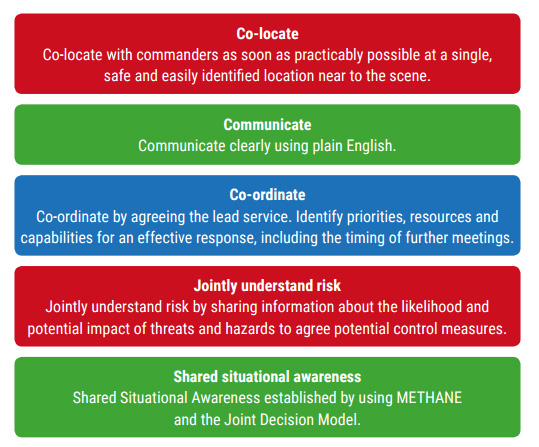
I regularly walk along Victoria street, London heading towards various government buildings having caught the silly o’clock train that morning. As I proceed with purpose to my destination, I always make a point of raising one eye away from my watch and observe, almost like a human time-lapse camera, the demolition and reconstruction of the old Scotland Yard building. I was amazed at the speed in which the old building came down and then nothing seemed to happen despite the mass of construction workers and activity on the site. What was going on? I couldn’t see over the twelve feet security fencing in order to satisfy my curiosity. Months turned into seasons and still no visible progress, and then without warning a new building suddenly emerges as rapidly as the old building was demolished. For civil engineers the reason is obvious.
All great buildings rely on solid foundations, and of course time has to be spent in preparing those foundations in a way that both supports the emerging structure and protects it from all human and natural hazards that will be exerted upon it throughout its lifetime. But in building these foundations, consideration and almost certainly compromise had to be given to the differing needs of the London Underground and the complex utility networks and neighbouring buildings that run under and around this new building. As a complete non-engineer it struck me that building the foundations were perhaps a greater challenge for constructors than erecting the new building itself.
Crisis Management teams also rely on solid foundations in being able to perform to optimum capability as a single organisation or a multi-agency Local Resilience Forum. These foundations are built on developed relationships that are born out of day to day integrated working in delivering services. An enhanced understanding of diverse responder organisations' capabilities and perspectives in a crisis create the foundations of Strategic and Tactical Coordinating Groups. However, those relationships can come under considerable pressure in a crisis when having to respond at pace and deliver against the expectations of your own organisation and your LRF (TCG & SCG).
Time then for additional foundations to be brought in to support and strengthen responder organisations who are suddenly and perhaps unexpectedly working together in a crisis scenario, often at pace and under pressure.

The JESIP Joint Working Principles have their origin in learning from previous crisis incidents where levels of communication, co-operation and co-ordination between responder organisations has impacted negatively on overall capability to respond, our interoperability.
Applying these simple principles, our crisis management foundations, are particularly important in the early stages of an incident when clear, robust decisions and actions need to be taken with minimum delay in a rapidly changing environment.
Achieving and maintaining situational awareness is also the foundation of good decision making, and it doesn’t happen by accident. Co-locating (can be virtual), communicating and co-ordinating allows responder’s to jointly understand risks. This then leads to shared situational awareness, fed and maintained through regular use of the Joint Decision Model.
So, for all on-call crisis managers who get that phone call, spend a little time in satisfying yourself that these crisis foundations (interoperability) are in place before going into response mode. They will stand the test of time, endure the roughest of weather, and support existing partner foundations.
The Joint Working Principles can be found in JESIP Joint Doctrine or on the JESIP app.